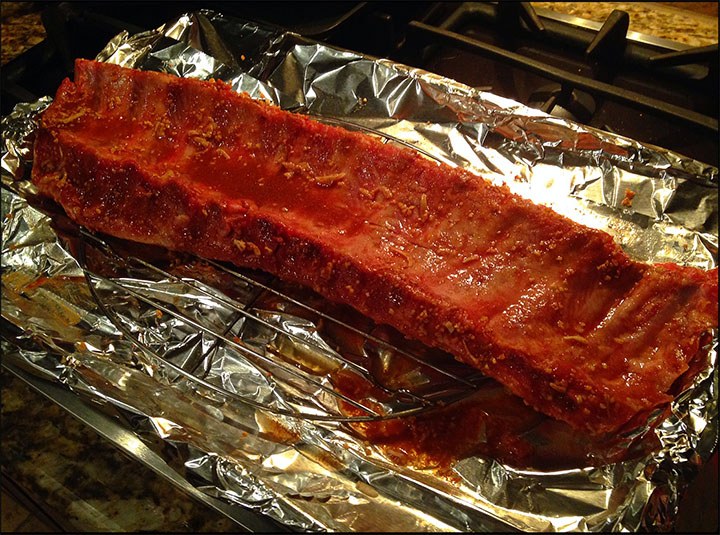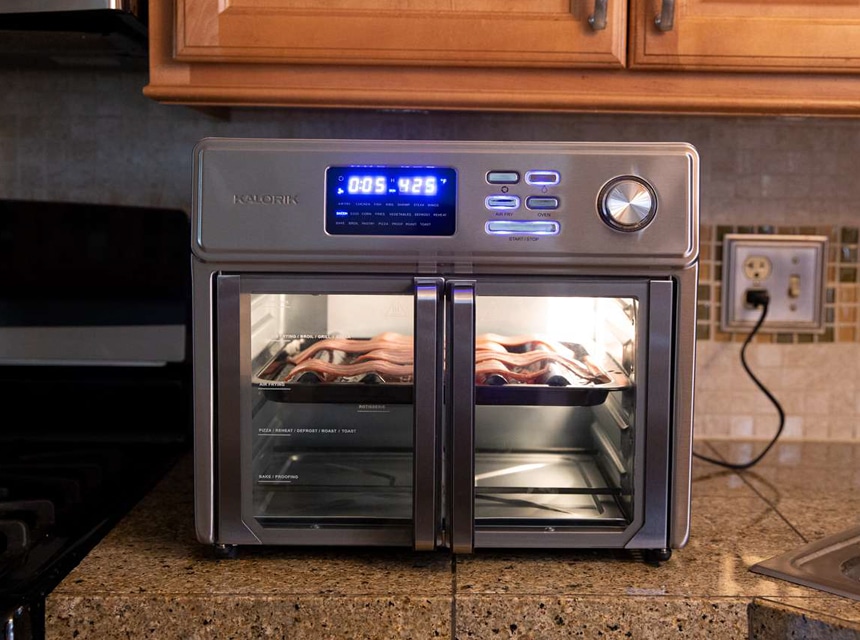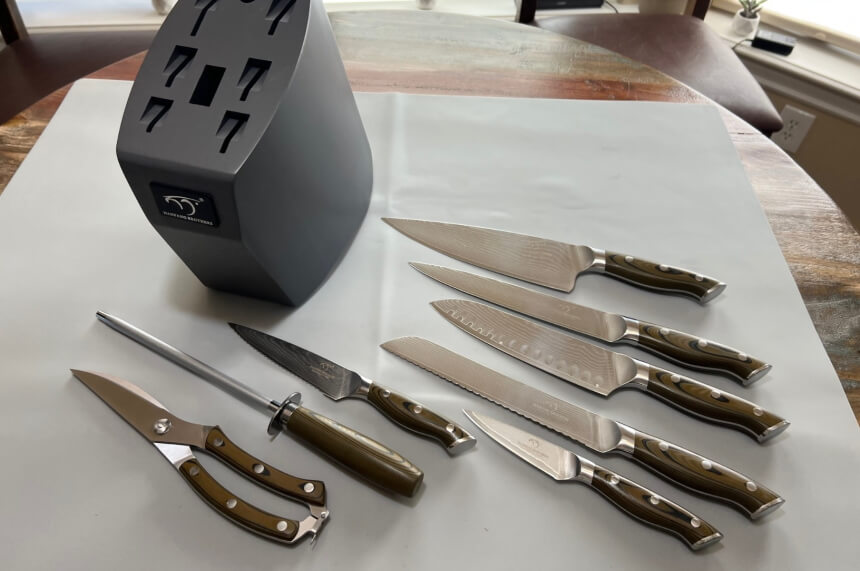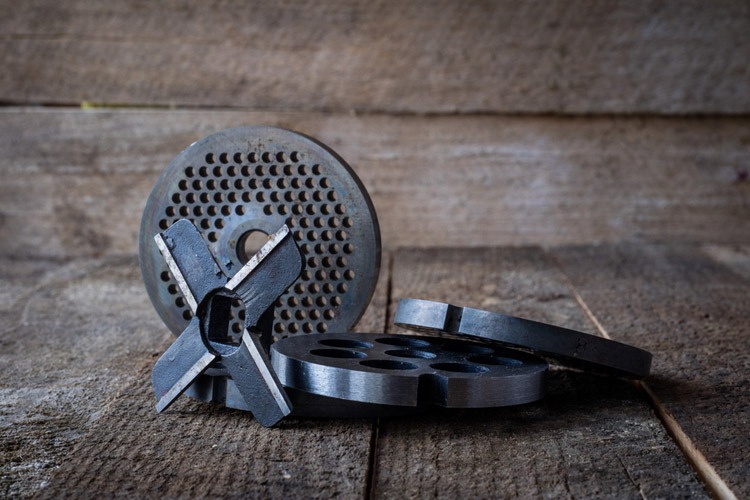
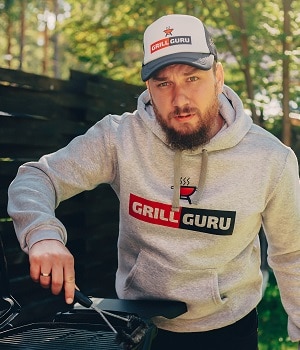
There are dozens of ways to use pulled pork, with some very creative recipes to provide culinary inspiration. Unfortunately, pulled pork can take hours to cook sufficiently. This means that it is not easy to simply whip up a fresh batch of pulled pork every time you fancy making a recipe.
Fortunately, pulled pork is highly versatile and can be reheated in a number of different ways. This allows you to enjoy great tasting dishes without needing to wait hours. You can simply make a large joint of pulled pork and then reheat it at your convenience. However, many home cooks are concerned about how to reheat pulled pork to ensure that it not only tastes good, but also is safe to eat.
So, here we’ll explore the various methods of reheating that you can successfully complete in your own kitchen.
Many people consider the oven to be the easiest method of how to reheat pulled pork. It allows you to set a timer and forget all about it, as the pork will be exposed to a thorough distribution of heat. Another advantage of using your oven is that you can easily reheat a large batch of meat.
You’ll need to preheat your oven to 250 degrees Fahrenheit. Place your pulled pork into an oven safe dish with any leftover juices and cover.
Use a meat thermometer to periodically check the meat. Bake until it reaches a temperature of 165 degrees Fahrenheit. You can then mix the pork again and add more liquid or sauce if necessary, before serving.
The microwave is considered a must have appliance in many homes. It provides a quick and convenient way to reheat your leftovers including pulled pork. It is also a good method of how to reheat frozen pulled pork, since you can merely use the defrost setting for a few minutes before reheating.
While this is not the most effective way of reheating your pulled pork, it does work. You will need to take care to avoid your pulled pork drying out.
Place your pork in a microwave safe dish and add some liquid to help keep the pork moist. Apple juice is a good option, but you can use other liquids such as sauce, oil or even water.
Heat your pulled pork on high heat for two minutes. Check the meat to ensure it is thoroughly heated and if not put it back in the microwave and heat for a further minute or two.
A slow cooker or crock pot is a favorite method of reheating pulled pork. If you’re wondering how to reheat pulled pork and keep it moist, then a crock pot should be your go to.
Modern crock pots are easy to use and many like the Crock-Pot SCCPVL610-S-A Slow Cooker have programmable digital controls. This model also has an innovative locking lid that makes it easy to take your pulled pork with you, if you’re heading to a pot luck or family gathering.
Since the crock pot seals in flavors, it is also a good method of how to reheat smoked pulled pork. However, you will need to plan ahead, as this is a slow cooking method.
Generally, you will need to allow two to four hours to fully reheat your pulled pork, but this time can vary. While this is more time consuming, it is certainly the best way to keep your leftovers moist.
Place your pork in your crock pot and pour over any leftover sauce. Set your crock pot to warm and reheat for up to four hours. As with the other reheating methods, you will need to check the meat temperature before serving. If the pulled pork is not at 165 degrees Fahrenheit, continue warming for a further time until it is ready to be served.
If you enjoy grilling, it is possible to use your grill to reheat your pulled pork. However, you will need to be careful to avoid drying out the meat. This can be accomplished with a two-zone cooking method.
This involves keeping one of the burners switched off, but setting the other one to high. You can also accomplish this with a charcoal grill, by piling up the charcoal on one side to create a hot zone on your grill.
You will need to watch your grill carefully, but once the indirect heat side of the grill or the cool zone reaches 225 degrees Fahrenheit, you’re ready to cook.
Add ¼ cup of liquid, such as water to the meat and wrap it in two layers of foil. If you’re making BBQ pork, coat your meat in the sauce before wrapping it in foil. Place the foil package on the cool side of your grill and cook until the internal temperature reaches 165 degrees Fahrenheit.
Unwrap the pork, taking care to keep any juices inside the foil. Place the pork on the hot zone to crisp it up. When reheating, place it in a pan before putting it on the heat. Remove from the grill and add any remaining juices from inside the foil before serving.
If you’re looking for how to reheat pulled pork the next day, consider using a Dutch oven on your stove. While the term Dutch oven may seem fancy, in simple terms, you can use any heavy, large cooking pot with a tight-fitting lid.
Dutch ovens can be used for keeping food warm, acting a little like a crock pot. It can produce delicious, moist pulled pork without the need for fancy appliances or complicated cooking methods.
Place your pork into your Dutch oven or heavy cooking pot. Add the leftover juices and cover the pot with a lid. Place the pot over medium heat and allow the pork to warm gradually. Stir periodically and check the temperature until it is thoroughly heated. If necessary, add more liquid or sauce to maintain the moisture of the meat.
Sous vide is a cooking method involving immersing food contained in a vacuum sealed bag into a hot water bath. Sous vide can be used to create tender, moist meats including reheating pulled pork.
While you can buy sous vide machines, you can also accomplish this cooking technique using a large cooking pot. However, you will need a vacuum sealer, as this is a crucial part of sous vide. Fortunately, vacuum sealers are readily available and there are some inexpensive models.
Bring your sous vide machine or a large pot of water to 165 degrees Fahrenheit. Place your pork into vacuum sealed bags and place them into the water. Allow the bags to remain in the hot water. Generally, you need to allow 45 minutes for each inch of meat thickness. So, if the bags are two inches thick, you will need to cook for approximately 90 minutes.
You can also use this method to reheat frozen pulled pork. Just allow it to sit in the hot water bath for an additional 30 minutes.
The great thing about using the sous vide method is that you don’t need to worry about adding more moisture to your meat. Since the bag is sealed and sous vide uses indirect heat, there are no concerns about drying out.
One of the main concerns about reheating foods, particularly meats including pork, is bacteria.
There is a “Danger Zone” for meats between 40ºF and 140ºF. Allowing meat to remain in this temperature range allows bacterial colonies of E. coli, Salmonella and Staphylococcus to double every 20 minutes.
So, it is crucial that you safely store your food to safeguard against bacterial growth. The most effective storage method is chilling immediately after cooking. But, this is not always possible. Here are the two most effective storage methods.
This method was developed by Mike Wozniak, 2010 Kansas City Barbeque Society Team of the Year pitmaster, QUAU. This method can be used to chill large pieces of meat quickly and Mike does this with his leftovers from the dozens of competitions he enters and wins each year.
After the pork has finished cooking, wrap it tightly in foil, pinching off the ends. The aim is to create as tight a seal as you can. Wrap the foil parcel in a watertight plastic bag. Place it in a cooler and cover with ice.
Once the temperature is below 40ºF, you can then move it into your refrigerator without a risk of spoiling the rest of your food by bringing the internal refrigerator temperature up too high.
You can keep the pork in your refrigerator for approximately four days or transfer it to the freezer, where it will be safe for up to three months. Any longer than three months, there is a risk of freezer burn, but the meat will still be okay to eat.
Vacuum sealing is an excellent way to store meat, including pork. The vacuum sealer removes air inside the bag, so the meat is properly sealed in, reducing the risk of it losing flavor or spoiling.
Ideally, the meat should be in small pieces for maximum efficiency. So, if you’ve cooked up a pork shoulder, pull it into shreds and separate into portions that you can seal separately. This will help to retain the flavor and nutrients of the dish better.
As the air is pulled out of the bag, any microorganisms present are unable to multiply throughout the food. However, you can use a paper towel at the opening of the bag to prevent juices and liquids also being drawn out of the bag.
After you vacuum seal a bag, be sure to write the date and contents on the outside. This will not only help you to identify what it is, but also when it should be eaten.
The only thing you need to be careful of when vacuum sealing is pockets of air contaminating the bag. After sealing, check for signs that any of the meat is discolored. This discoloration is an indication of contamination. However, if the meat is not discolored, you can store it in the refrigerator or freeze it.
Since you’re dealing with a large joint of meat, you’re likely to have a lot of leftovers. Unfortunately, gauging portion sizes of leftovers can be tricky. So, you may wonder if you can reheat your pulled pork more than once.
Purists would say that you can only reheat food once, but this depends on the circumstances that applied to your initial cooking. Food can be reheated Trusted Source Safe Minimum Internal Temperature Chart - USDA www.fsis.usda.gov LCook all food to these minimum internal temperatures as measured with a food thermometer before removing food from the heat source. For reasons of personal preference, consumers may choose to cook food to higher temperatures./trusted_link] more than once if it was refrigerated within two hours of serving, if it was stored below 40ºF and if the pork was kept at 165ºF or above when served.
If these conditions fail to apply, there is a risk that bacterial growth has been encouraged and the food may not be safe to eat.
Every time you reheat pulled pork, the meat is moved through the Bacterial danger zone of 40ºF to 140ºF, increasing the chances of bacteria compromising the safety of your meal. Technically, you can reduce the bacterial growth by rapidly cooling the pork directly after reheating. This would allow you to reheat, cool and refrigerate the pork several times.
Additionally, each reheat will cause a loss in both flavor and texture. So, given this and an increased risk of bacteria, most people prefer to stick to a single reheat. If you do have surplus leftovers, freezing them is a good idea.
While it is possible to reheat your pulled pork more than once, a better idea is to portion the meat that can be refrigerated or frozen separately. This will allow you to pull a packet of pulled pork out of the freezer every time you feel like a sandwich.
Pulled pork is a very versatile dish, but the average shoulder butt can weigh 10 pounds. So, unless you’re planning a large gathering, you’re likely to have lots of leftovers. This makes it crucial that you discover your preferred method for how to reheat pulled pork.
There are some excellent ways to safely reheat and store pulled pork without compromising the flavor or texture. With the right preparation and technique, you don’t need to worry about creating a dried mess.
Once you’re feeling confident about the best ways to reheat pulled pork, you can forget about cooking “too much” again. This will also allow the opportunity to experiment with pulled pork recipes to discover your new family favorites.


